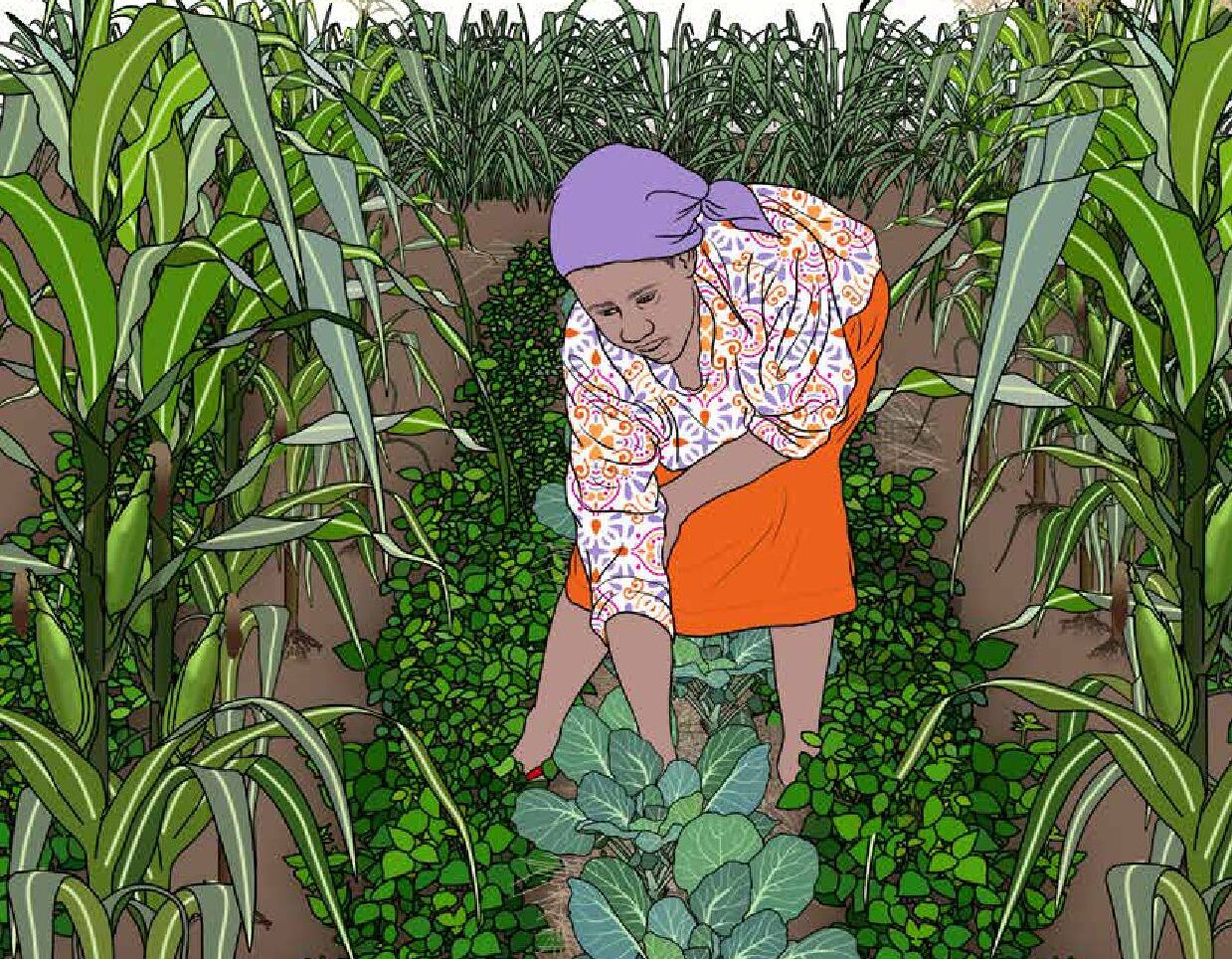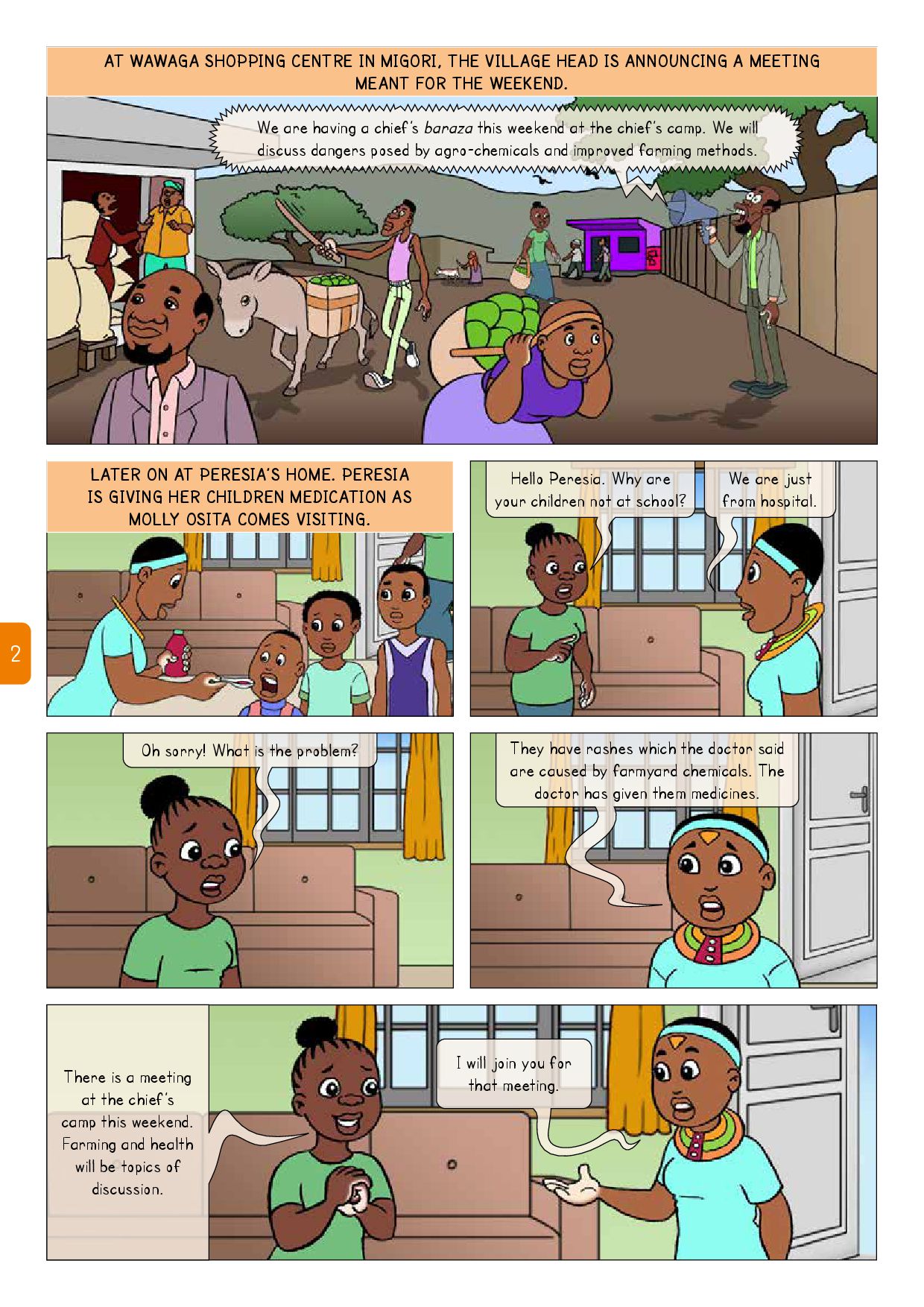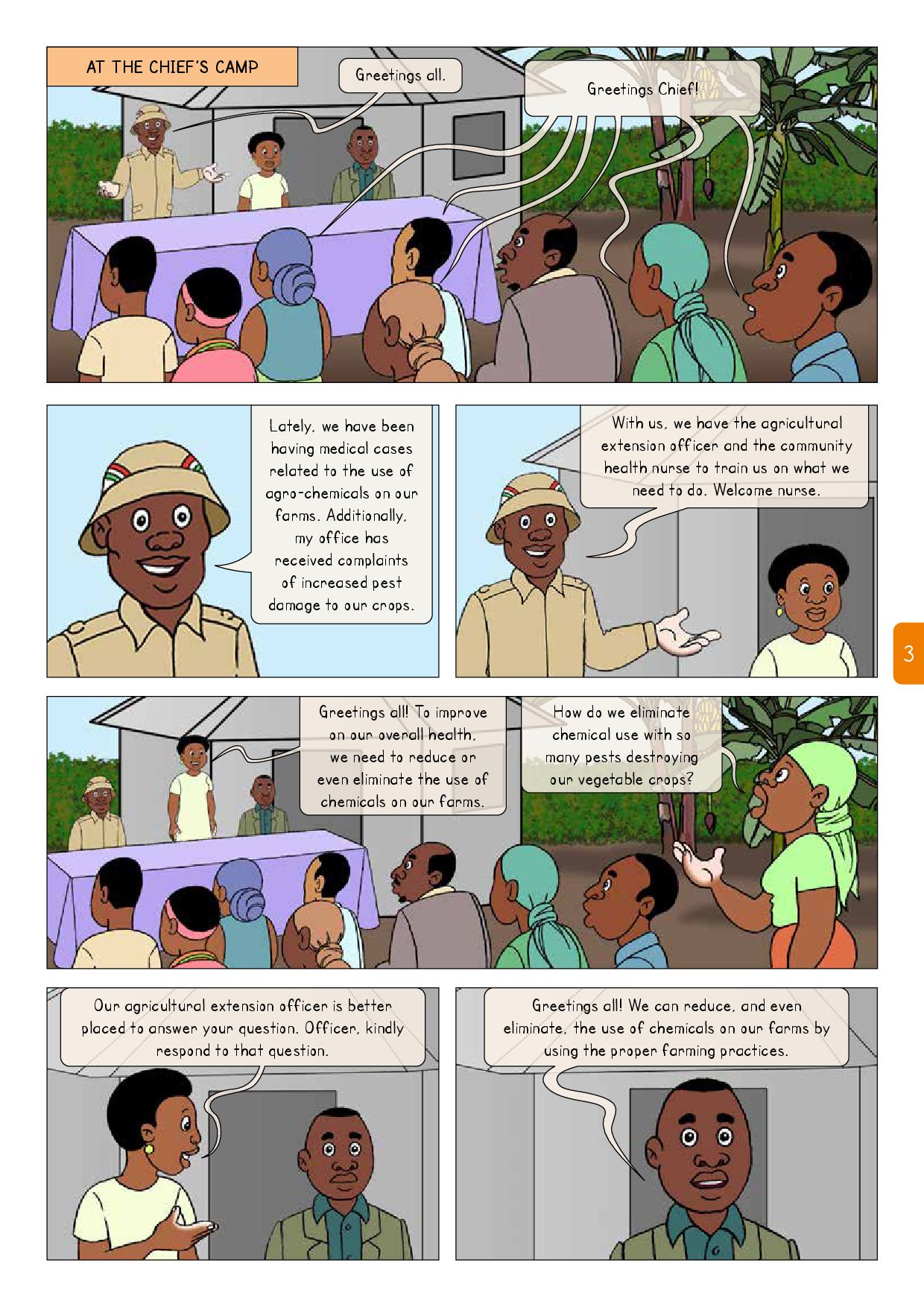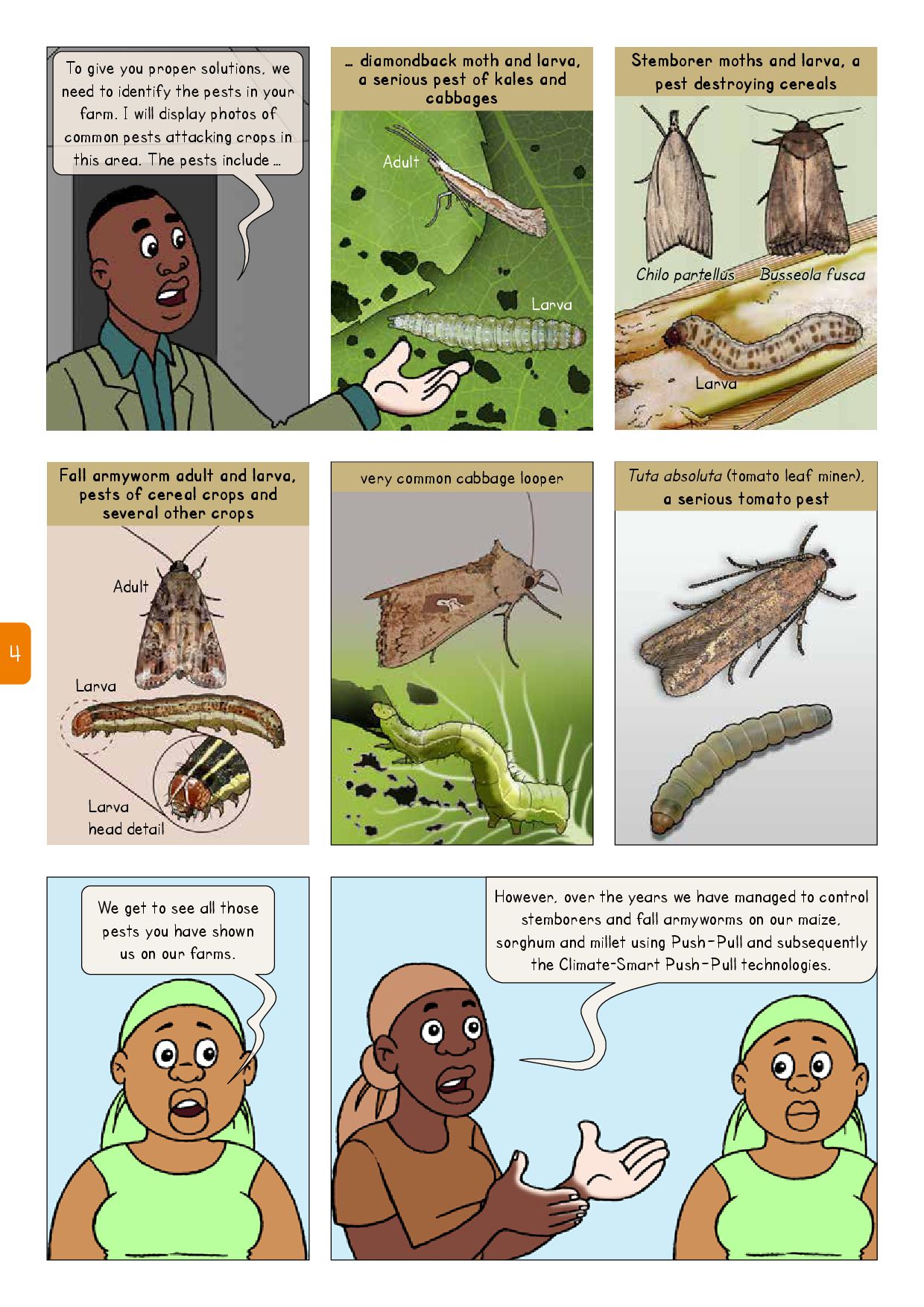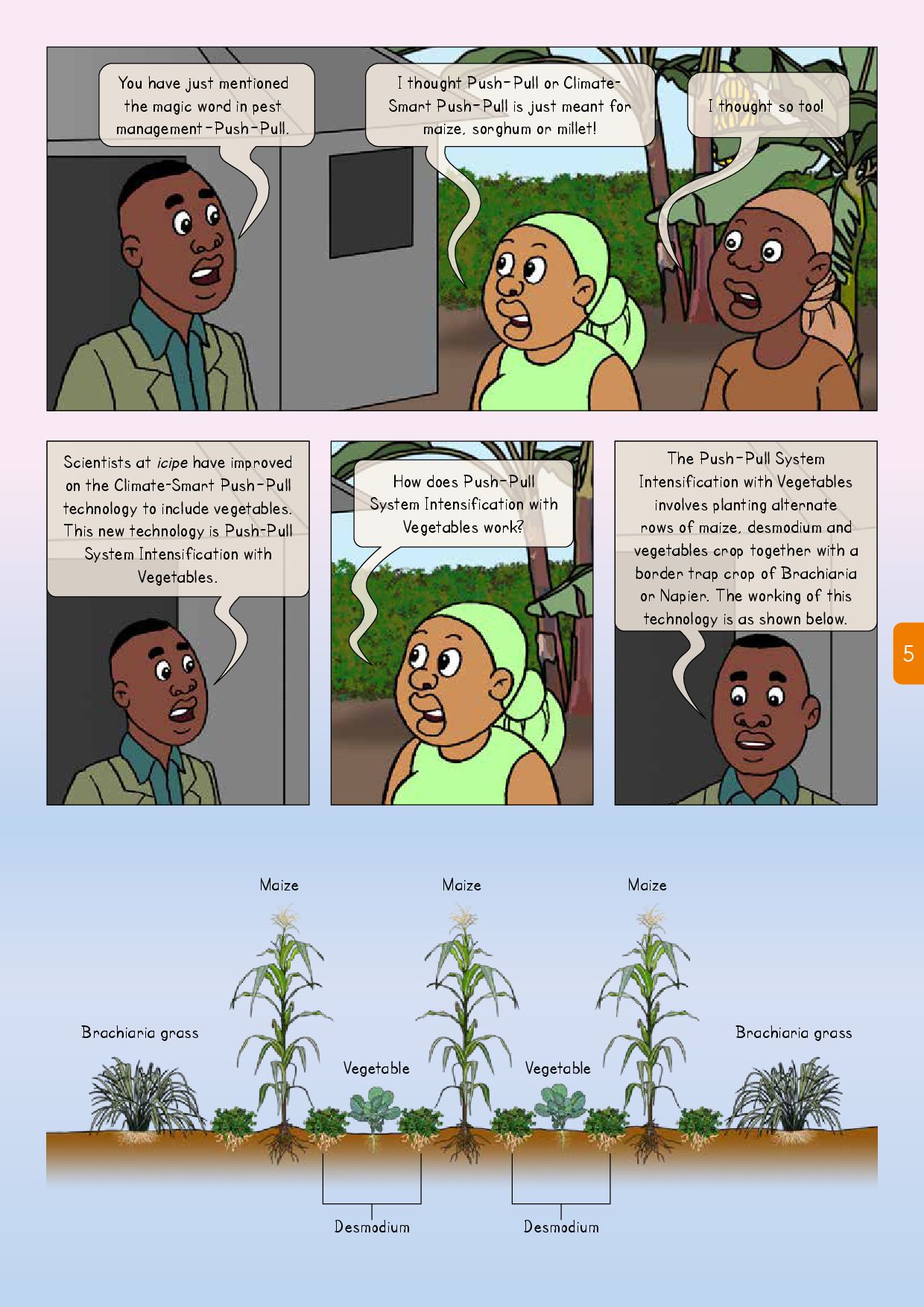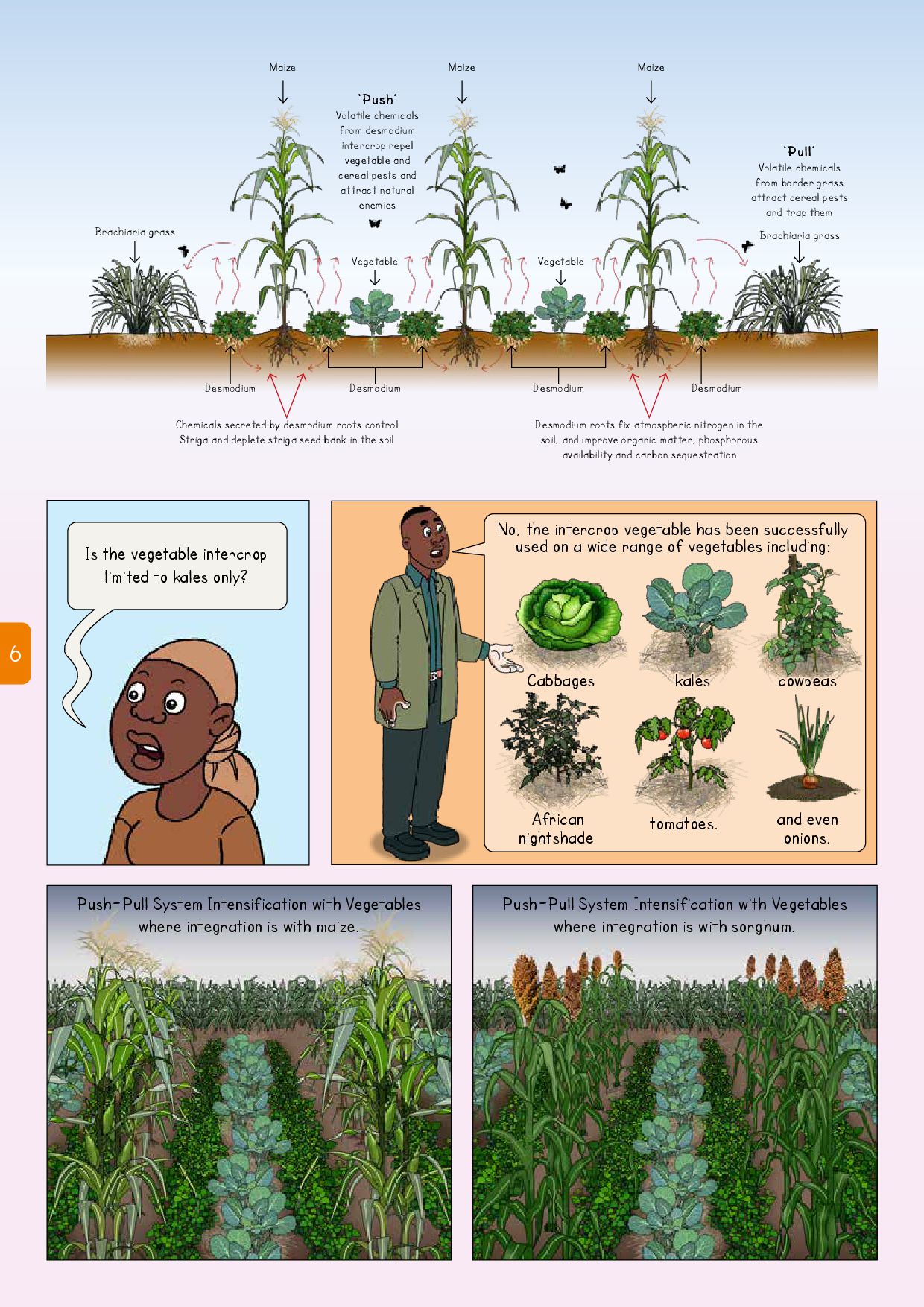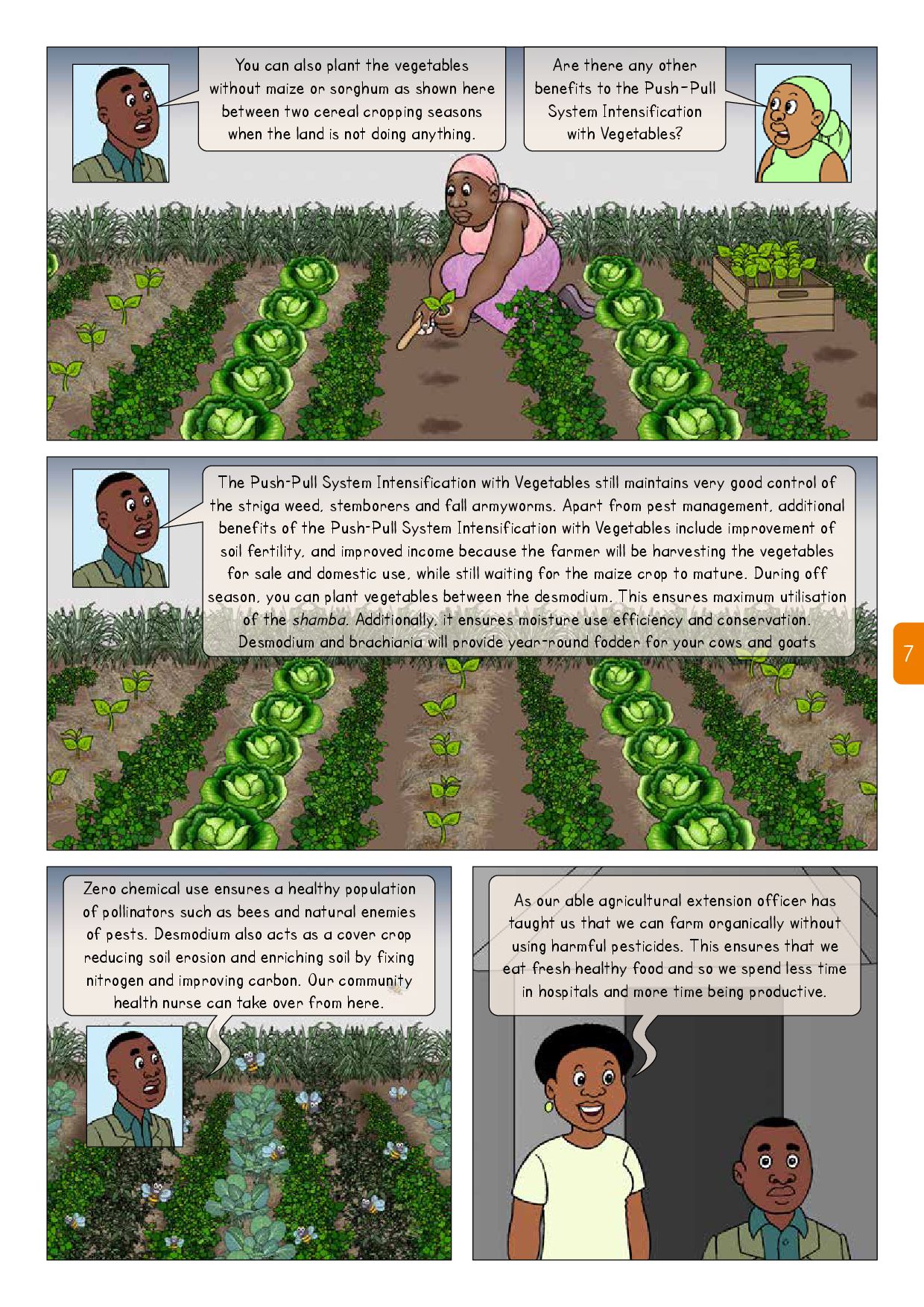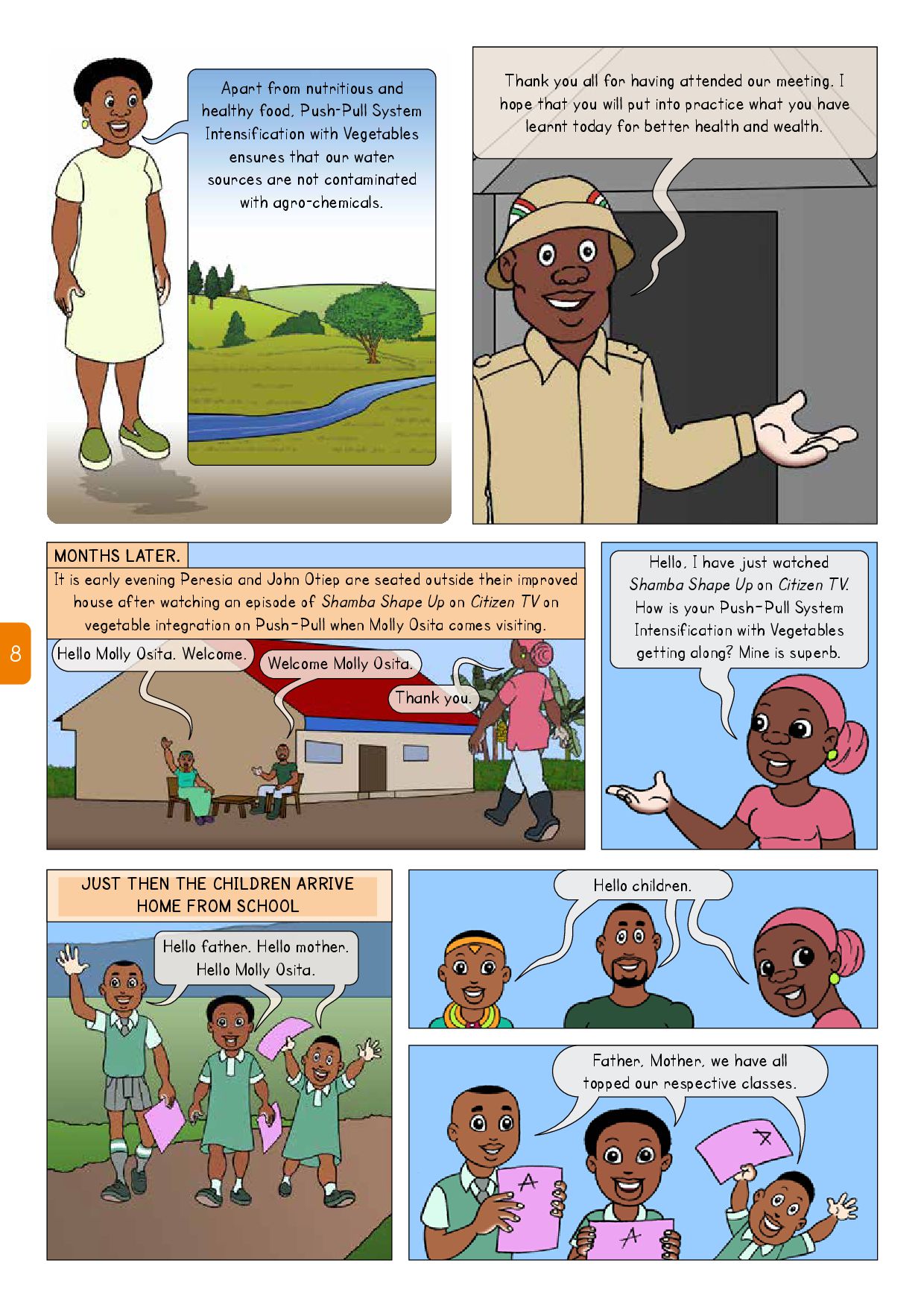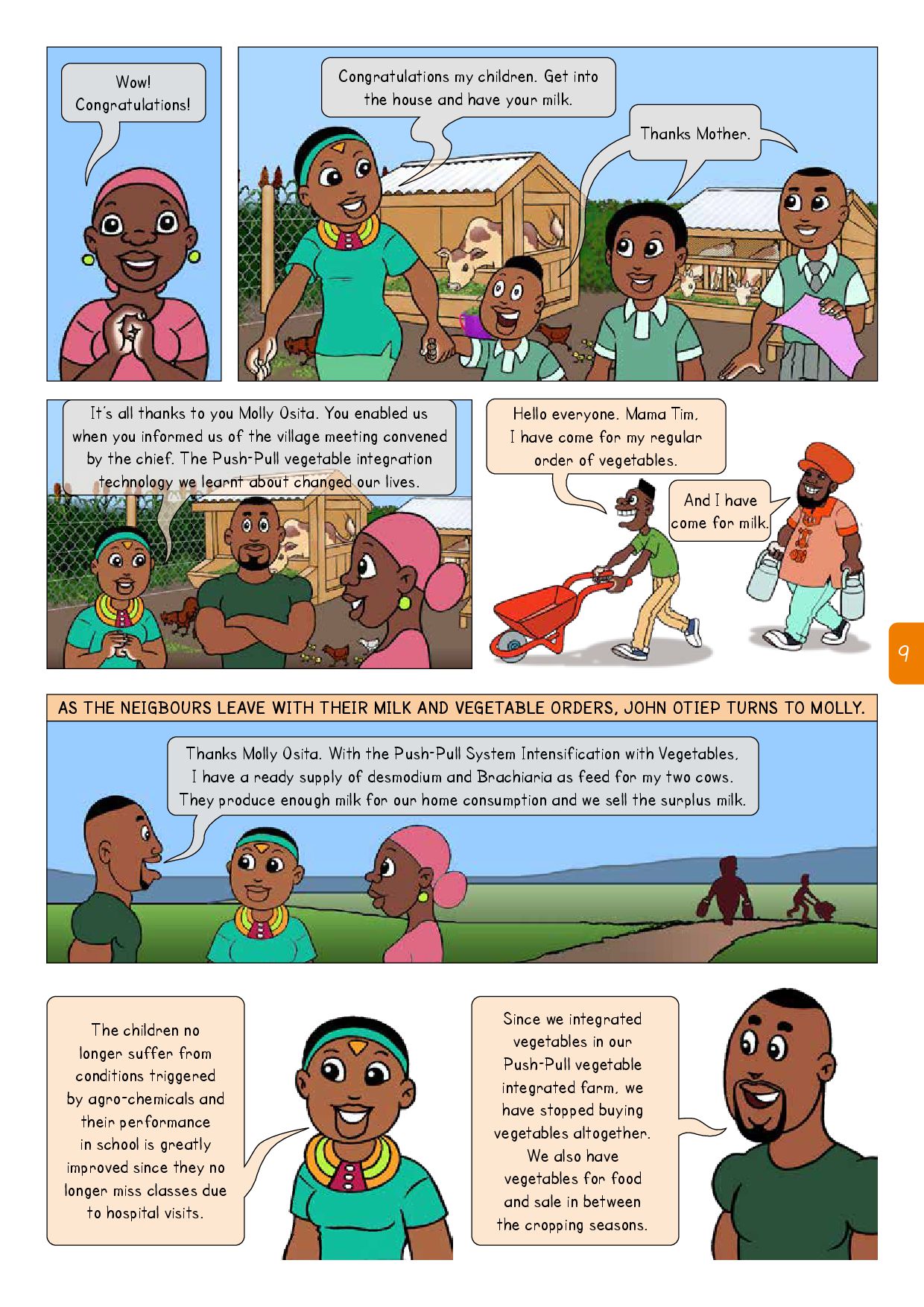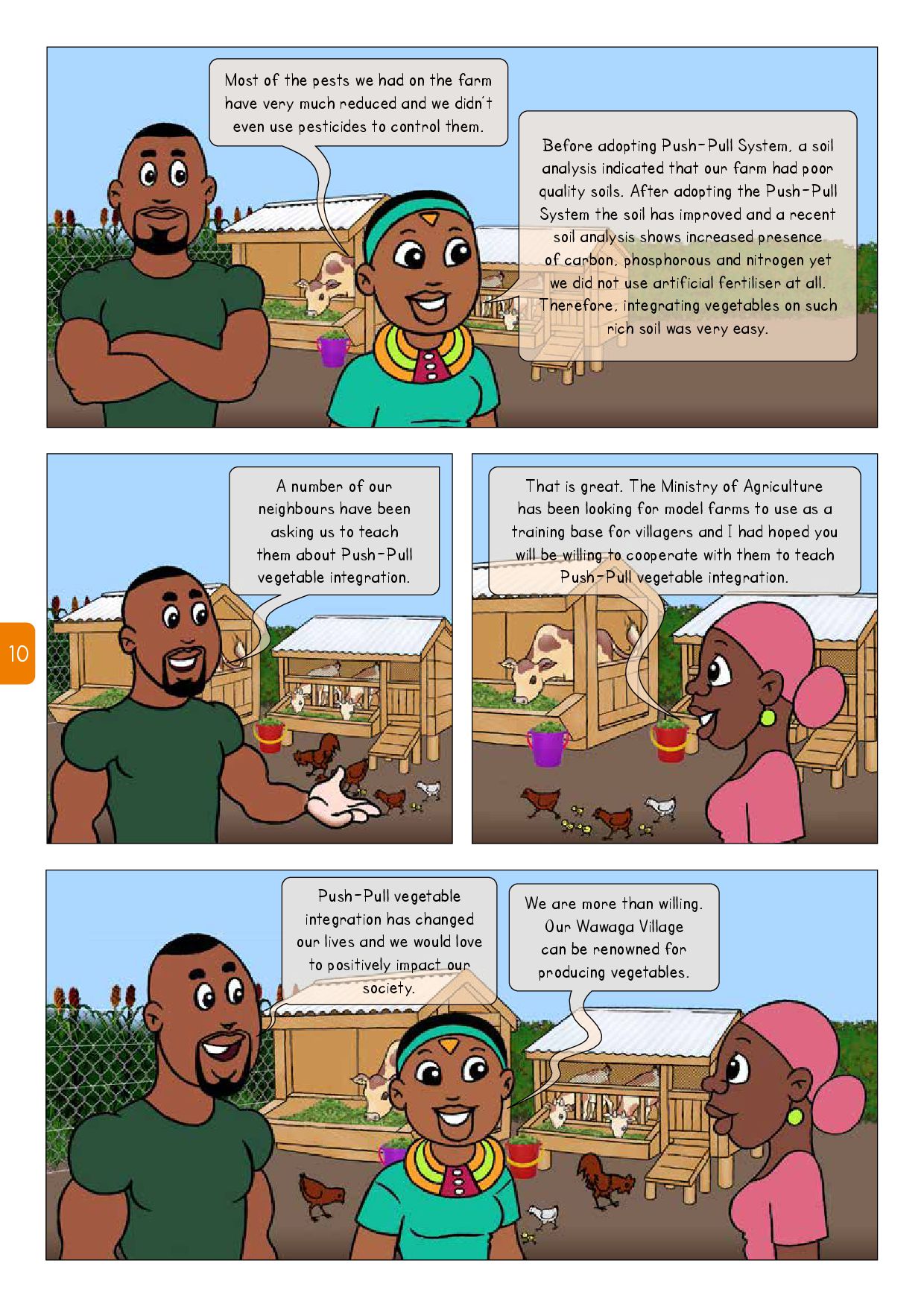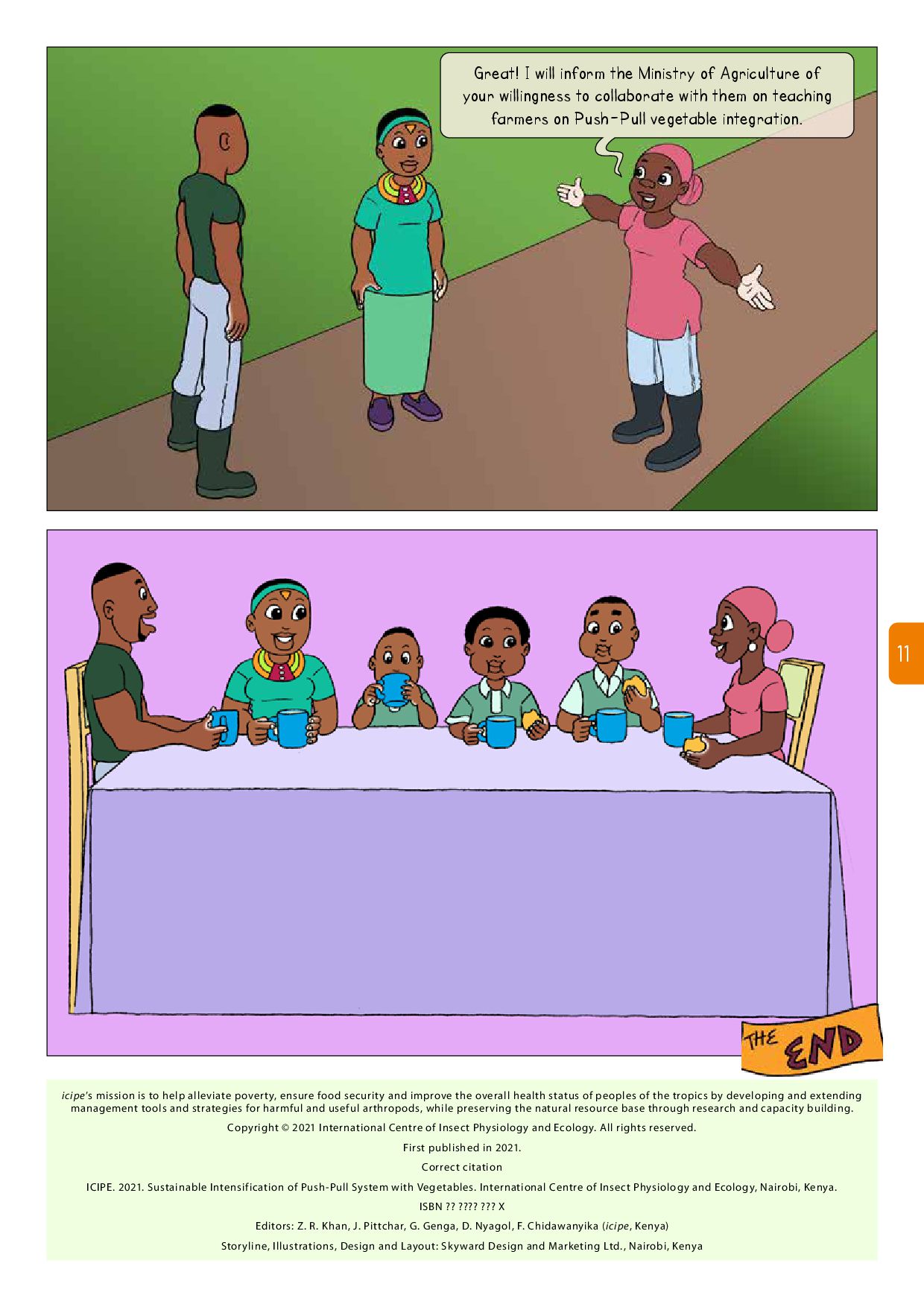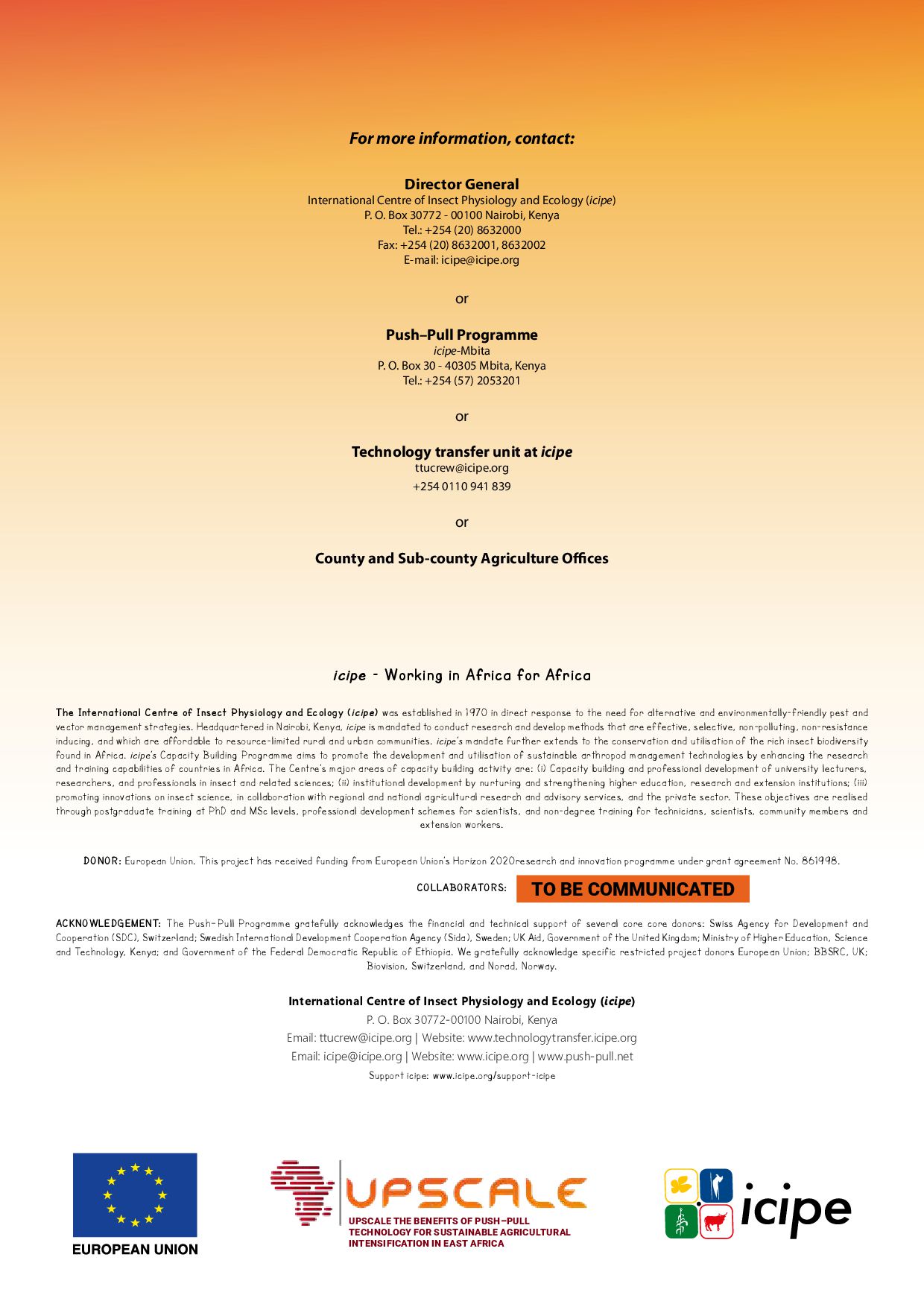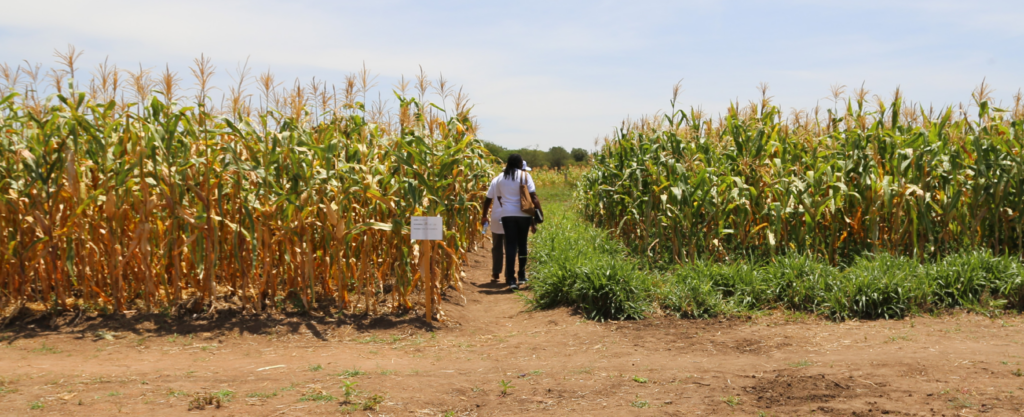
Push-pull technology is a novel approach in pest management which uses a repellent intercrop and an attractive trap plant. Insect pests are repelled from the food crop and are simultaneously attracted to a trap crop. A ‘push-pull’ strategy was developed by ICIPE and its collaborators for the control of stemborers and striga weed in resource-poor maize farming systems. This technology controls both stemborers and striga and improves soil fertility.
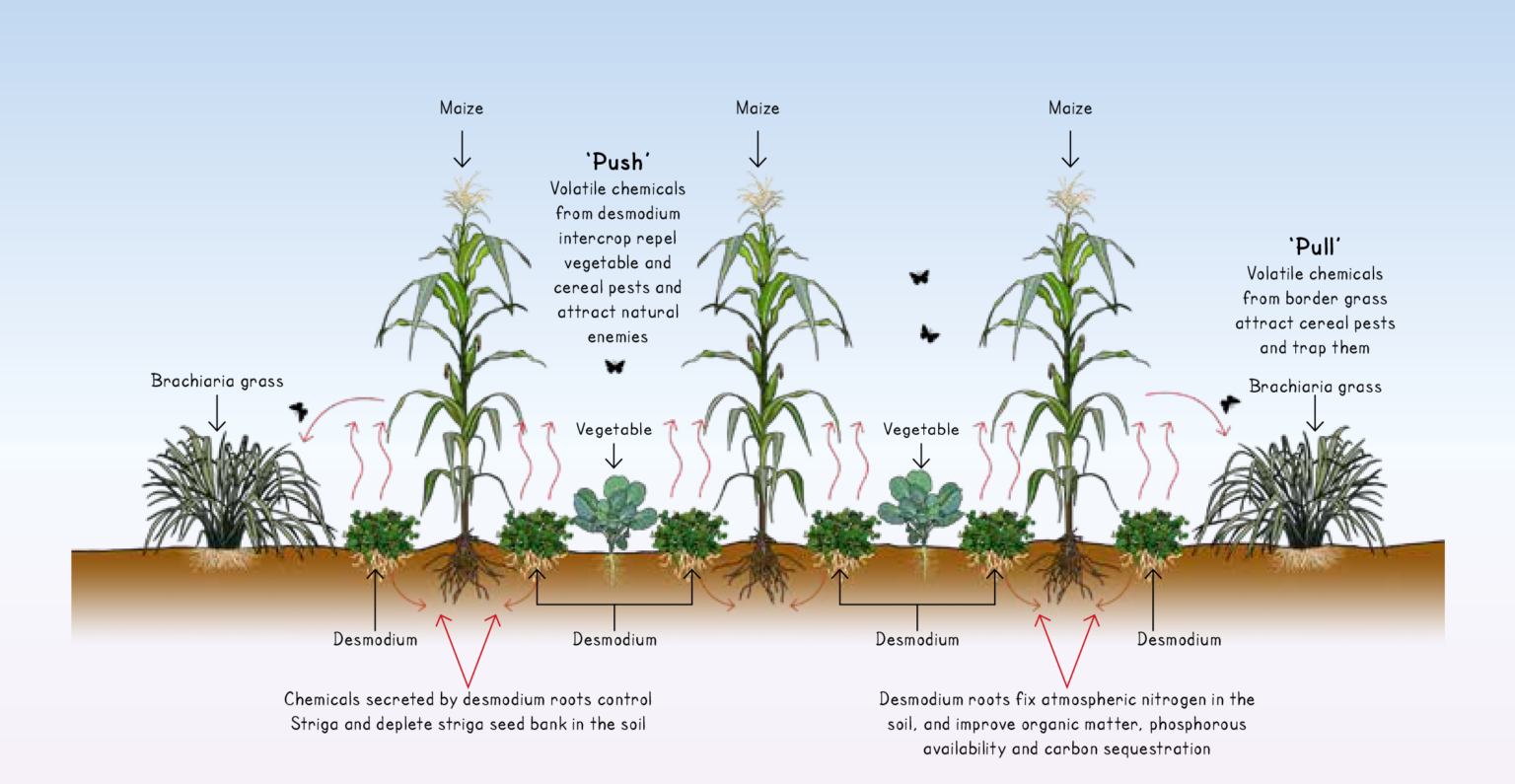
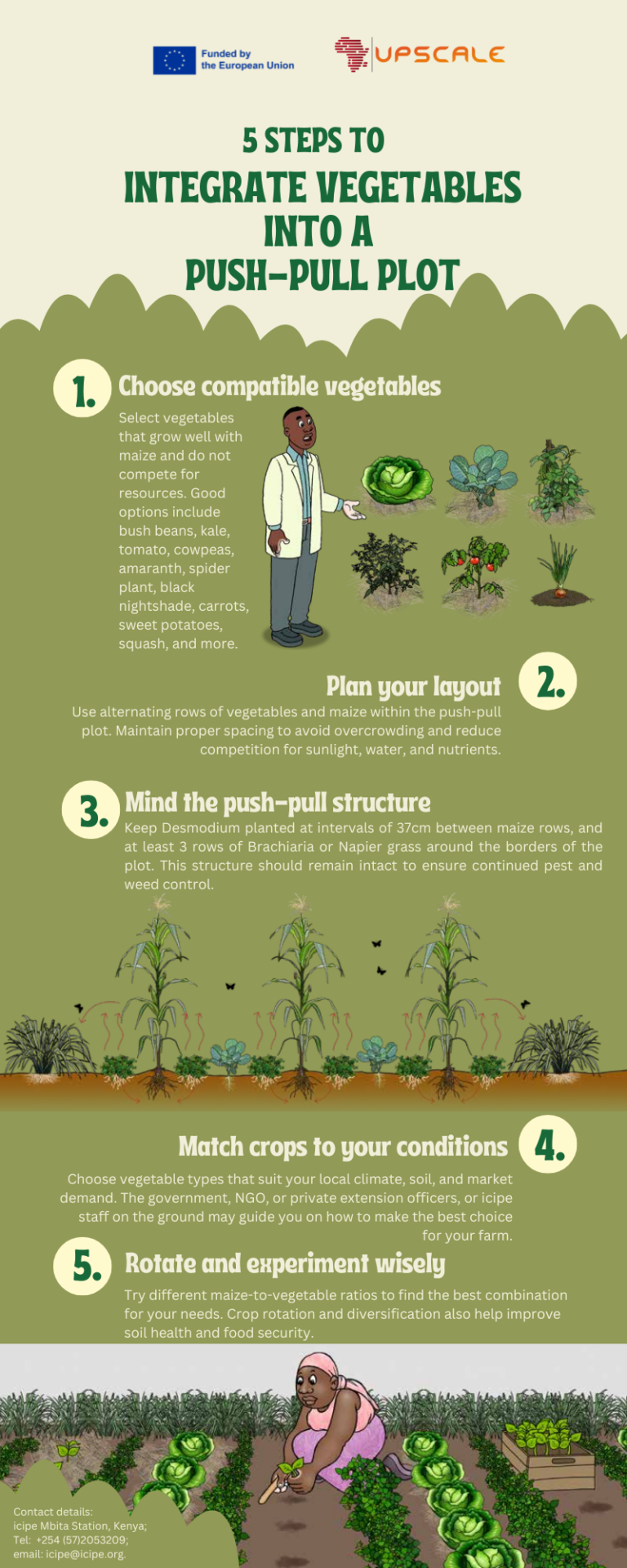
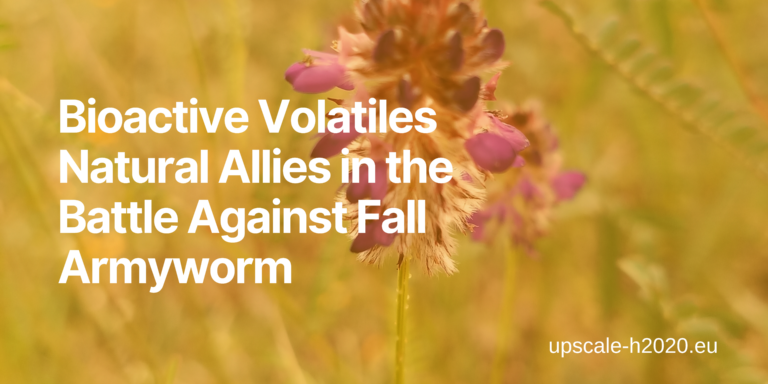
Bioactive Volatiles – Natural Allies in the Battle Against Fall Armyworm
Plant volatiles are the secondary metabolites that plants release into the air. Almost one-fifth of the atmospheric CO2 fixed by land plants is released back into the air each day as volatiles. They are protection against biotic and abiotic stresses… Continue Reading…
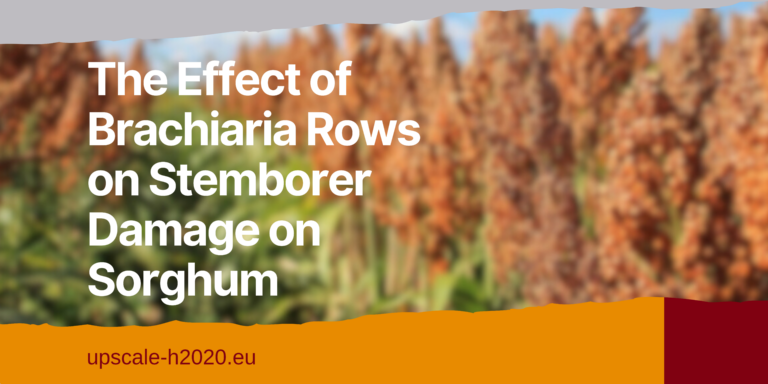
The Effect of Brachiaria Rows on Stemborer Damage on Sorghum
Sorghum is mostly known as the world’s fifth-most important cereal crop after rice, wheat, maize, and barley. It is one of the main staple foods for many farmers in Africa, in particular the smallholder farmers. It’s a plant-based protein, high… Continue Reading…
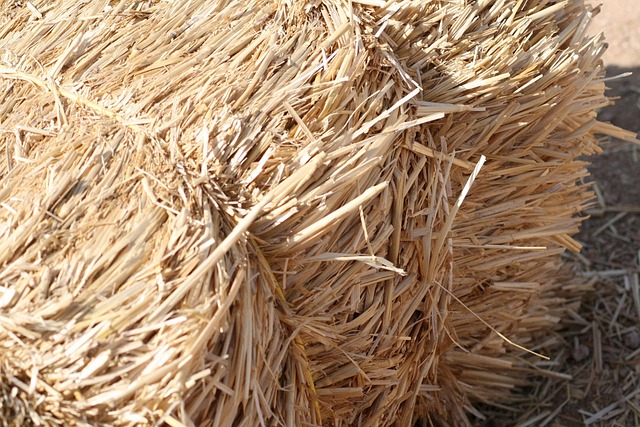
Push-pull Technology and Fodder Production
In the ever-evolving landscape of agriculture, farmers are constantly seeking innovative and efficient methods to enhance crop yield and livestock nutrition. Whether you’re a seasoned farmer or just starting, understanding the importance of fodder and its conservation in modern farming… Continue Reading…
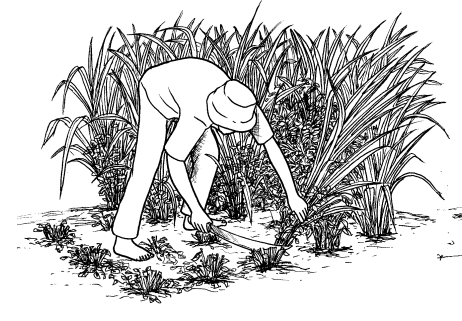
Feed Desmodium For More Milk And Money – Growing and Harvesting Desmodium for Dairy Success
In the competitive landscape of dairy farming, maximizing yields while minimizing costs is the key to success. The Ministry of Agriculture in Kenya created a leaflet for farmers with a strategic approach to cultivating Desmodium and Napier for increased milk… Continue Reading…
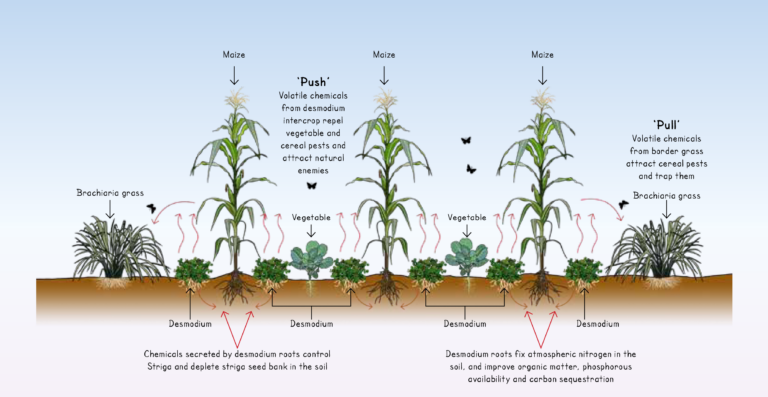
Control fall armyworm (Spodoptera frugiperda) using the Push-Pull Technology (PPT)
In 2016, Africa was invaded by a new threat to crop production called fall armyworm. It is a highly destructive moth that inflicts damage to a variety of crops and is most devastating to cereals such as maize and sorghum…. Continue Reading…
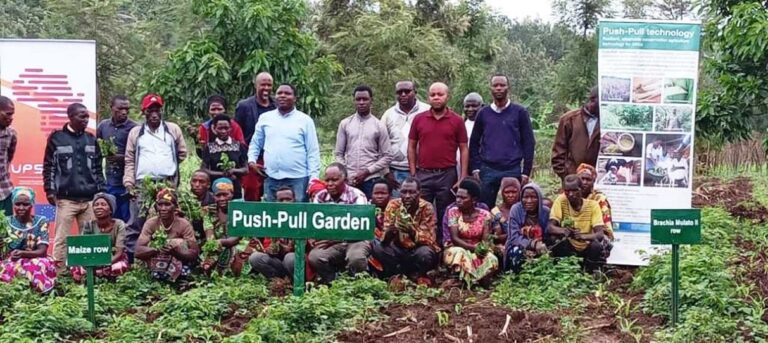
Integrated pest Management that increases crop and livestock production
Farmers in Gatsibo District, Nyagihanga sector, are embracing the numerous benefits of Push-Pull farming, an environmentally friendly approach that eliminates the need for chemical pesticides. Push-Pull technology not only offers significant environmental advantages but also brings substantial socio-economic benefits to… Continue Reading…
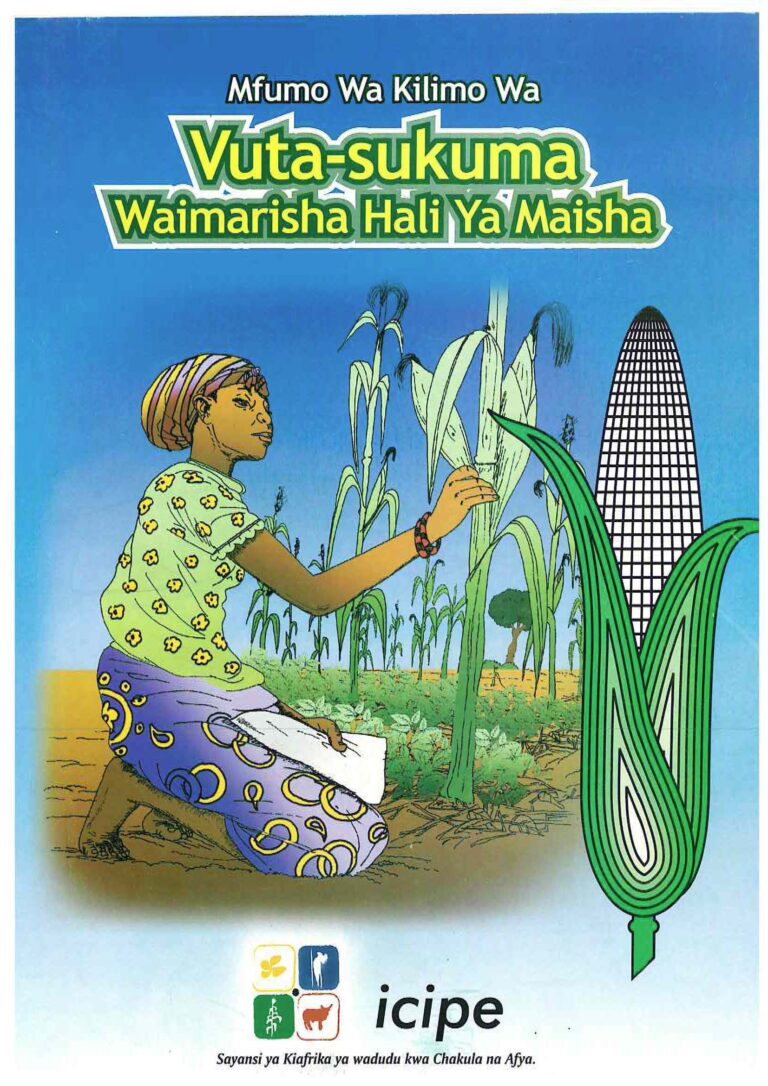
Mfumo wa kilimo wa vuta-sukuma waimarisha hali ya maisha
Discover how you can benefit from push-pull through the comic book.
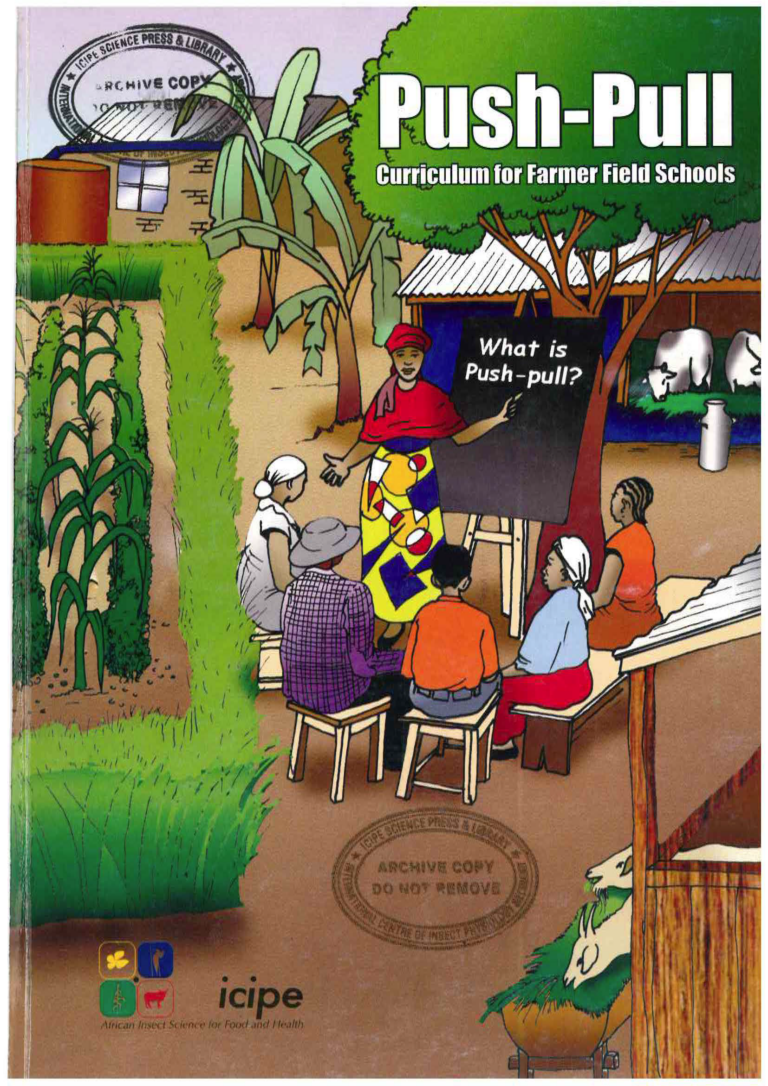
Push-pull Curriculum for Farmer Field Schools
Push-pull is a knowledge-intensive technology that needs a curriculum designed to guide learning at various entry points of the technology for smallholder farmers.
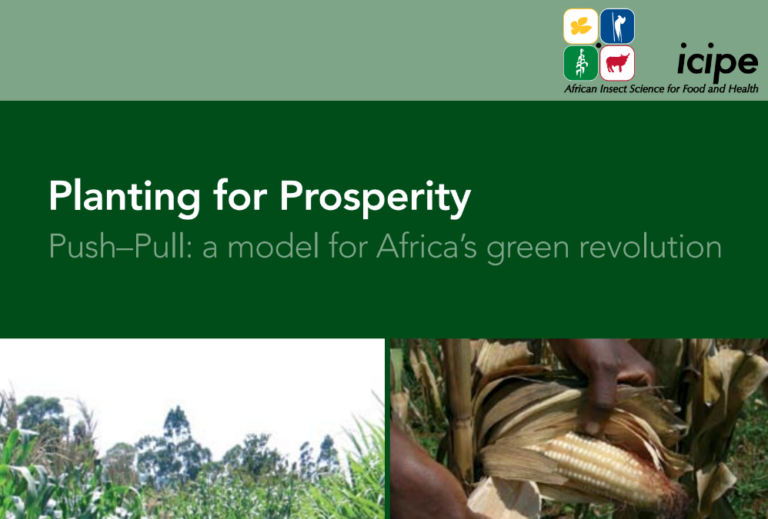
Planting for Prosperity Push–Pull: a model for Africa’s green revolution
The International Centre of Insect Physiology and Ecology (icipe) is immensely proud of the ‘push–pull’ programme’s achievements.

Rwanda: Desk Study of Extension and Advisory Services
Rwanda is a unique African country with a unique history. Like many other sub-Saharan African countries, agriculture is the key livelihood for the majority of the nation’s people.
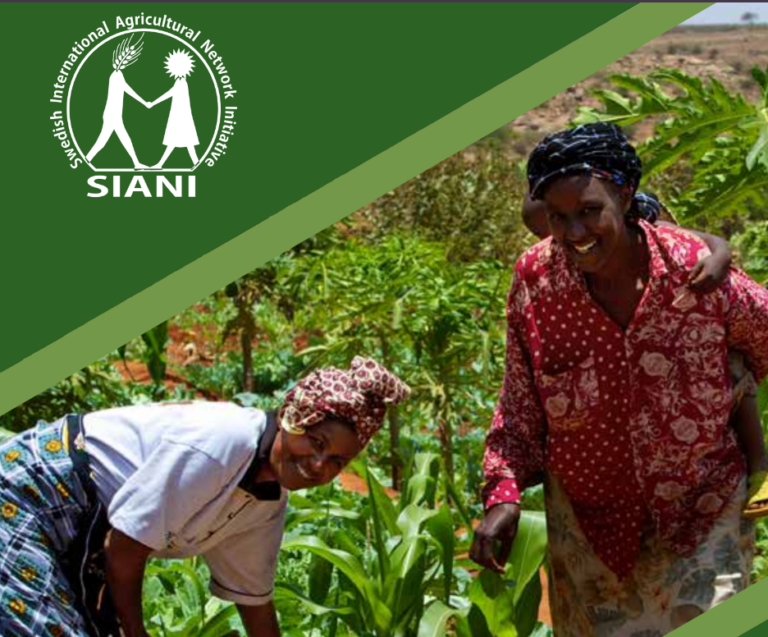
Transforming Gender Relations in Agriculture in Sub-Saharan Africa
This book is the result of a process to better understand the role of gender in agriculture that was initiated by the Swedish International Development Cooperation Agency (Sida) in 2009.
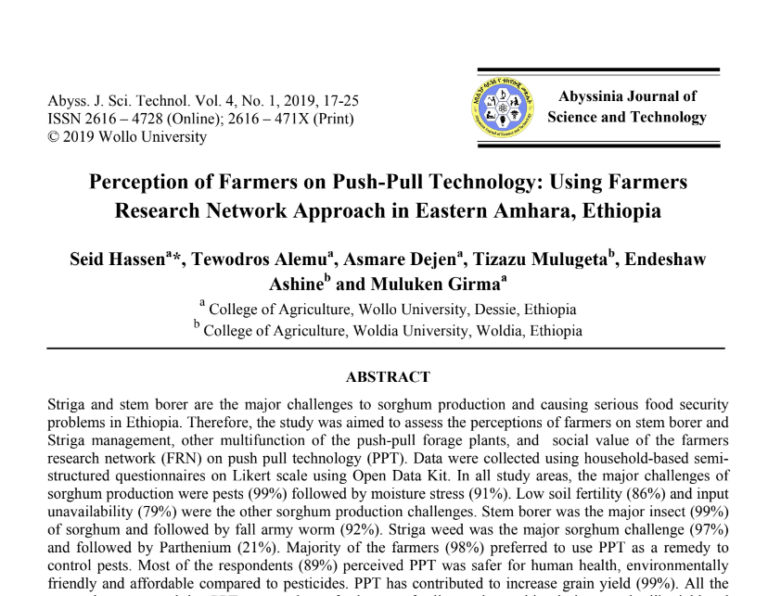
Perception of Farmers on Push-Pull Technology: Using Farmers Research Network Approach in Eastern Amhara, Ethiopia
Striga and stem borer are the major challenges to sorghum production and causing serious food security problems in Ethiopia.
